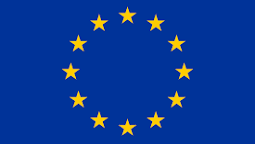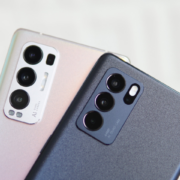The latest developments surrounding the EU’s Ecodesign Regulation reveal both progress and areas of concern for the right-to-repair movement. While there is a welcome push for greater transparency and consumer rights, such as the requirement for manufacturers to provide spare parts like batteries, screens, and rear panels to end users, the situation remains somewhat ambiguous. A recent draft “Corrective Act” from the European Commission, not yet finalised, suggests that although replacement displays can still be sold directly to consumers, the actual process of self-replacement may be restricted. The proposal also seeks to remove clear guidance on the ease with which screens can be swapped, a move that has drawn criticism from right-to-repair advocates, given the frequency with which screens and batteries require replacement.
Another positive aspect of the regulation is its emphasis on product durability and consumer information. The new rules set a minimum standard for battery longevity, mandating that batteries must withstand at least 800 charge cycles while maintaining 80 per cent of their original capacity. In addition, manufacturers will be required to include an enhanced EU energy label with smartphones and tablets. This label will now cover not only energy efficiency, but also repairability, robustness, and battery life, providing much-needed clarity for consumers at the point of purchase.
The inclusion of a QR code linking to the EU Commission’s EPREL database is a particularly valuable addition, as it gives consumers direct access to comprehensive product data, including specifications, spare parts availability, and supplier contacts. However, it remains uncertain how rigorously manufacturers will comply, especially among budget models where support and updates have historically lagged behind premium devices. While flagship smartphones increasingly offer extended software support and security updates, more affordable options often fall short. It will be important to monitor how the industry responds to these new requirements, and whether genuine progress is made in making technology more sustainable and user-friendly for all consumers.


 Europe
Europe








